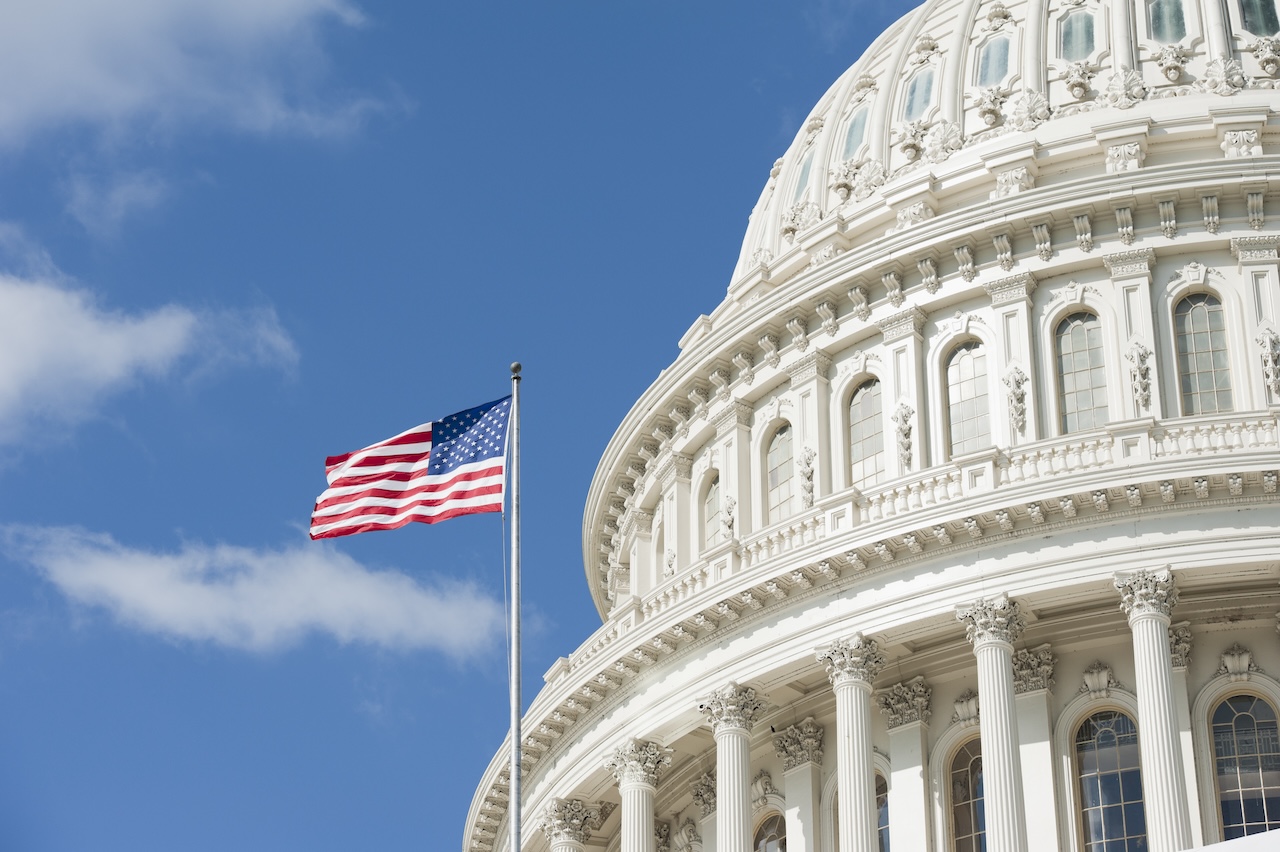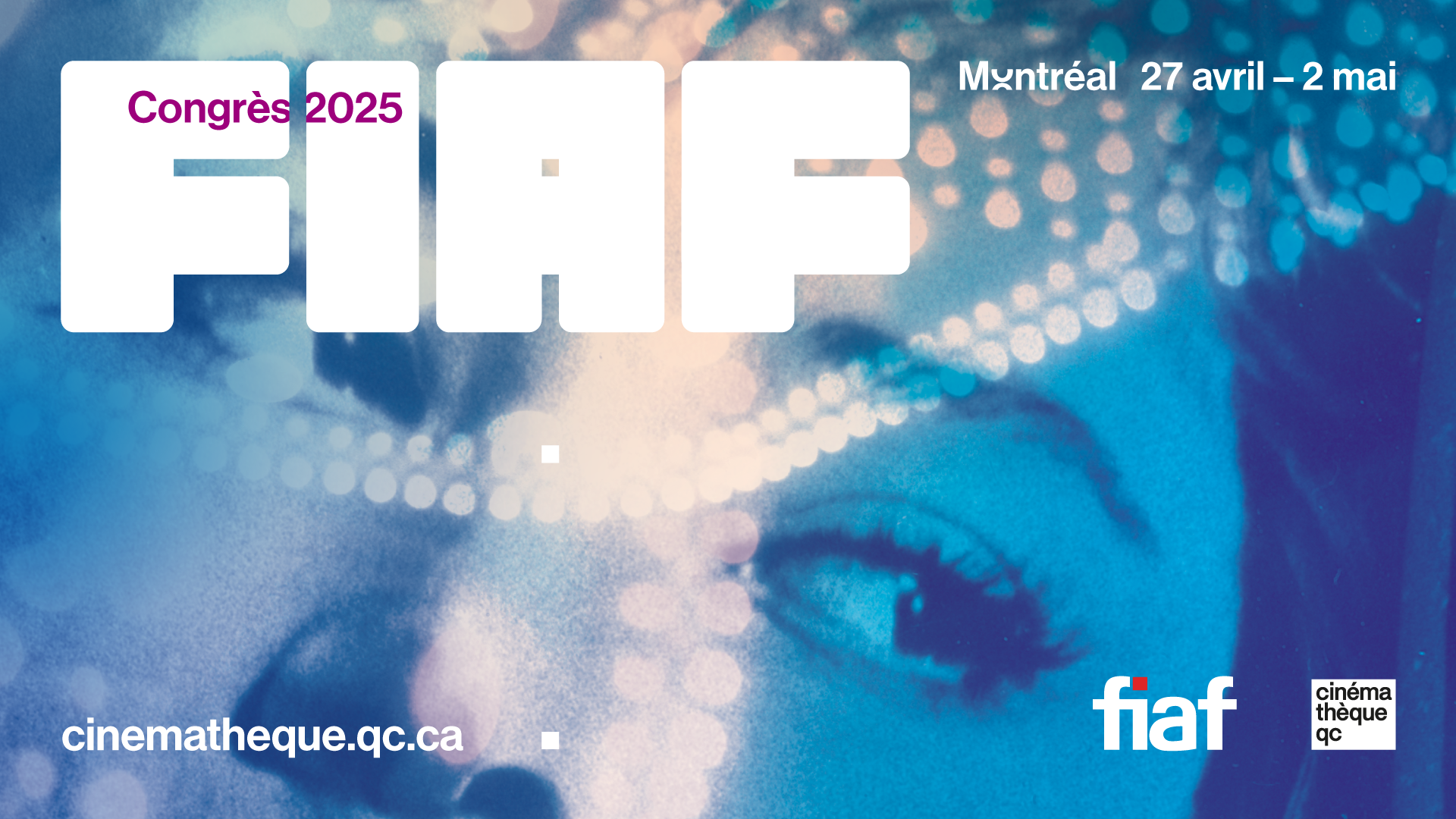What is a mood board?
You may be familiar with mood boards from interior design shows – swatches of fabrics, color palettes, and furniture shapes and styles that give you a visual feeling of the designer’s vision for that room. Mood boards can include any image, material or text that helps evoke or convey a concept.
Mood boarding for museums?
Museums + Technology = doing something new or different in the museum. A museum with a well developed digital program may want to experiment with new technologies. A more “traditional” museum may want to incorporate digital for the first time. Regardless, there are often a lot of ideas (and feelings) at a table of stakeholders. Mood boards can be a safe, fun, and collaborative way to:
- Communicate: Convey, discuss, and refine concepts and ideas.
- Build Consensus: Move from emotion and abstraction to tangible, common ground.
Example: Kimbell Art Museum
We worked with the Kimbell Art Museum in Fort Worth, TX to develop a mobile guide experience specifically targeted to teens. This project included audience research and new feature development, but before we got started on designing the application, we used digital mood boards to understand what the Kimbell was thinking, feeling and envisioning for this project.
Reverent irreverence was the overall goal. Something fun and edgy, while not off-putting or confusing given the museum’s existing brand and culture. Colorful and modern designs that might stretch the brand, while remaining rooted in the Kimbell’s traditions.










